Então vamos lá. Acho que acordei inspirada. Pra escrever sobre sei lá o que… mas enfim, vamos escrever.
Sabe essas manhãs que você acorda e pensa que realmente a sua vida tem sentido. Pois é, ela tem! E o sentido dela é diferente para cada um. Porque cada um determina o sentido que vai dar a vida. Pra maioria das pessoas o sentido da vida poder ser crescer, buscar trabalho, casar, comprar casa, ter filhos e buscar a estabilidade, mesmo sabendo que ela é ilusória e que a cada minuto da vida as coisas mudam. Pra outros, como por exemplo foi pro meu irmão e pra namorada foi encontrar o que realmente lhes motivavam como profissionais e como pessoas. O Rômolo e a Nã (meu irmão e a sua namorada) são pessoas que não diferem o trabalho da vida pessoal. Afinal de contas, tudo é vida né; mesmo no trabalho ou em casa, você está vivendo a cada minuto.
Na verdade pra mim também nunca teve diferença. Tanto no meu trabalho como na vida pessoal tento crescer como pessoa, e buscar trabalhos e carreiras que realmente me motivam. O certo é que nem sempre podemos fazer o que gostamos, mas posso garantir que me diverti muito servindo cafés e trabalhando em setores que não são o que eu realmente gosto e quero.
Talvez o segredo seja viver com pouco, mas encontrar nesse pouco algo que faça a diferença pra você.
Tenho uma amiga que depois de 8 anos trabalhando num banco, com um bom salário (mais bem um super salário), estabilidade e tudo mais que sonha um espanhol de classe média, resolveu deixar tudo para dar aula. Me lembro no dia que ela tomou essa decisão. Delia, é como ela se chama, me dizia: “Eu não quero viver só nas férias ou quando saio do banco, quero viver antes, durante e depois”. E não é que ela se deu conta que vida não se pode separar.
Ela traçou seu plano de mudança, começando pela casa, depois recortando gastos e por fim, pedindo demissão. Foram mais de 6 meses de mudança mas agora ela já tem tudo. Trabalho na Universidade (ganhando bem menos), um aluguel acorde com o que ganha e saindo menos. Sua filosofia: viver com menos mas vivendo… cada minuto.
Conheço muita gente frustrada com o seu trabalho, e tenho que confessar que buscar uma vocação é realmente difícil. Eu mesma não consegui ainda encontrar um trabalho que seja realmente significativo… pra mim, pros meus valores e pra tudo aquilo que eu acredito. E confesso que admiro muito as pessoas que largam tudo, da noite pro dia, pra dedicar-se aquilo que gostam.
Na época em que estive buscando trabalho e tinha muito tempo pra nadar navegar pela internet, encontrei o canal no You Tube chamado Continue Curioso. Era um programa de 15 minutos mais ou menos que falava sobre a mudança radical de vida de algumas pessoas. As entrevistas contavam como bateu o insight e como tiveram que enfrentar todos os preconceitos da sociedade pra se dedicar ao que eles realmente gostam e como tudo isso deu resultado.
Pra mim foi algo inspirador. É inspirador ver que muita gente não se encaixa a esse modelo de vida pré-fabricado pela nossa sociedade. E a verdade é que cada um tem que buscar a sua praia. E elas não são iguais pra todo tipo de pessoa. Eu, sinceramente não podia viver sem uma casa… como faz meu irmão e a Nã… mas confesso que adoro as mudanças e por mim passaria a minha vida cada ano em um país diferente. Adoro viajar, principalmente de mochila, buscando uma experiência real do lugar onde vou. E não tenho fricote; escolho os destinos mais impopulares, busco sempre fazer CouchSurfing ou Airbnb e aparte de conhecer o turístico, ir a outros bairros mais residenciais pra ver como as pessoas vivem e comer o que elas comem.
Mas pra quem não sabe qual é a sua praia qualquer coisa vale. Pode se afundar em frustração ou também pode pedir ajuda. Anos atrás, o filosofo Alain de Botom criou em Londres e hoje também em São Paulo a School of Life (tradução literal – Escola da vida), justamente pra casos como esses. A School of Life reponde as questões existenciais do ser humano, ou seja, tudo aquilo que não aprendemos na escola. Os temas variam mas os mais populares são “ Como encontrar um trabalho que você ame” e “ Como equilibrar trabalho e vida pessoal”. Nas aulas se explicam que vida realmente não vem com manual de instruções, mas eles tentam ajudar as pessoas a buscarem sentido a vida respondendo a questões básicas que geralmente nunca foram perguntadas ou respondidas. Pode soar de primeiras charlatanismo, mas a verdade é que os cursos tem muito mais de filosofia que autoajuda. Vale a pena conferir; eu fiz já dois cursos em Londres em pretendo voltar.
https://www.youtube.com/watch?v=lFFcR9qjjkE
Admiro muito a Delia, a Nã, meu irmão por perseguirem aquilo que lhes motiva. Como eles, existem tanto outros exemplos. E isso é algo que tento explicar todos os dias aqui na Espanha, aos meus amigos e conhecidos mais próximos. A vida não se separa em trabalho e lazer. Você decide como faz a separação.
Somos responsáveis pelo destino que traçamos, e protagonistas das nossa própria história. Se não somos capazes de decidir, outros farão por nós. Por que então não dar uma chance aquilo que você realmente acreditou?
Te atreves a sonhar?

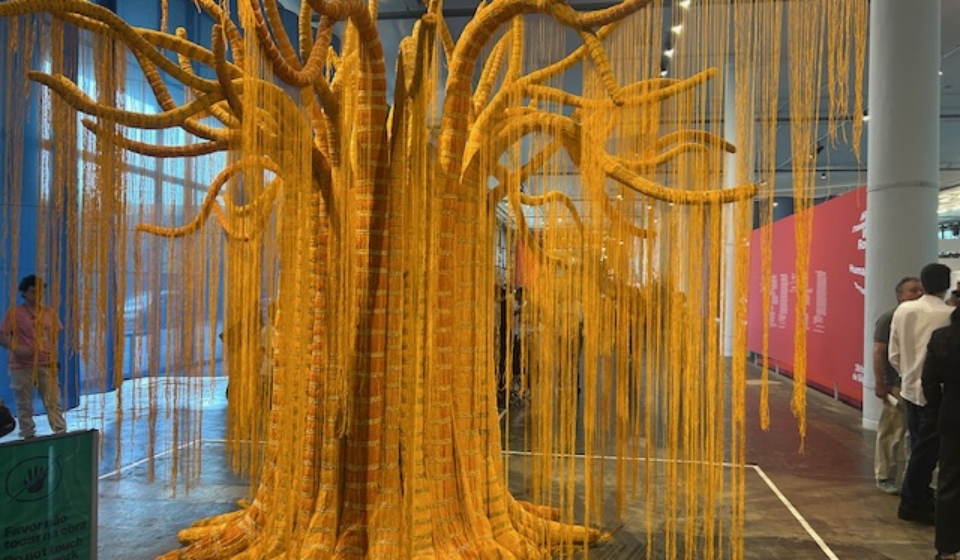

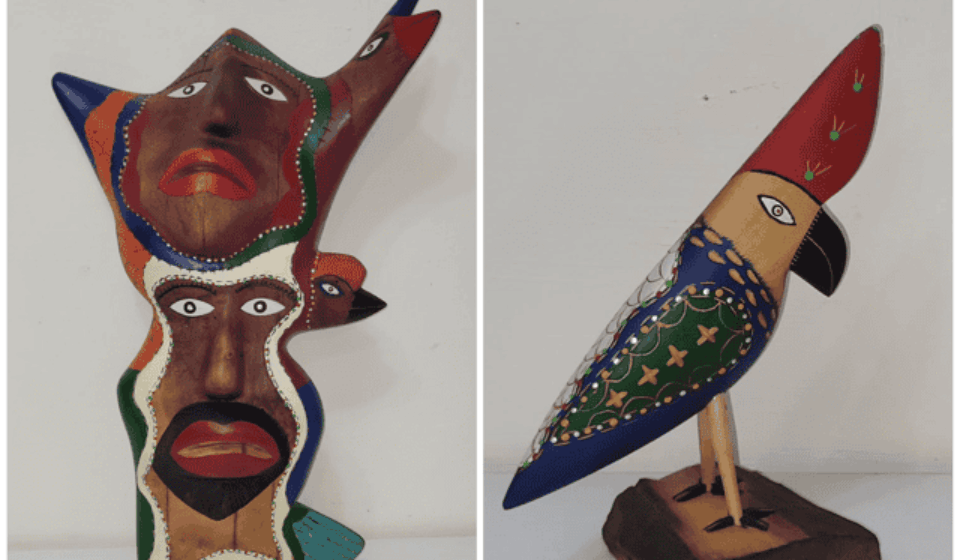
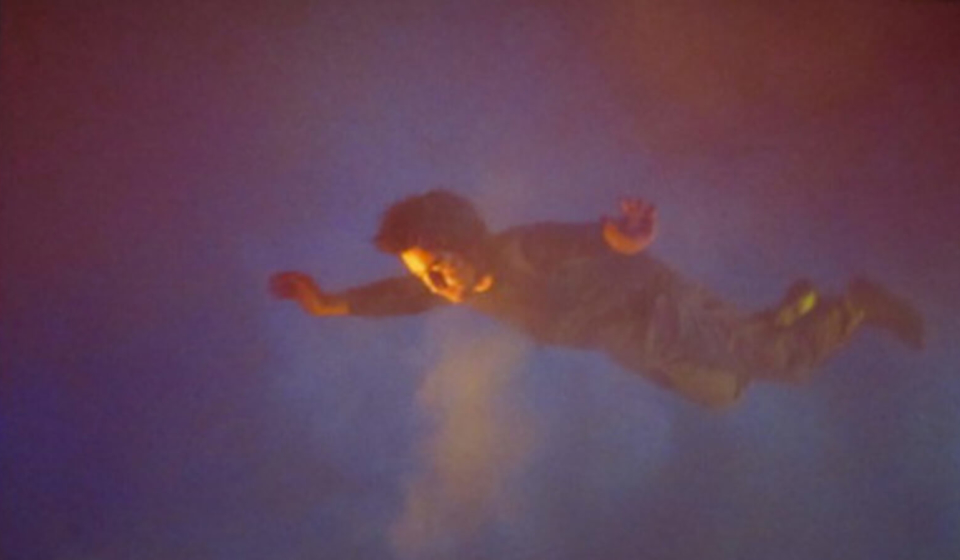
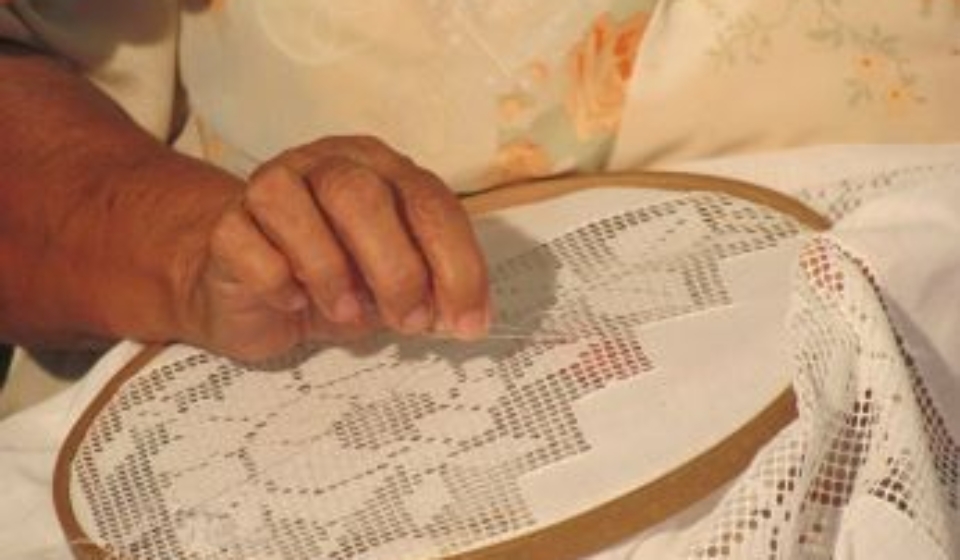
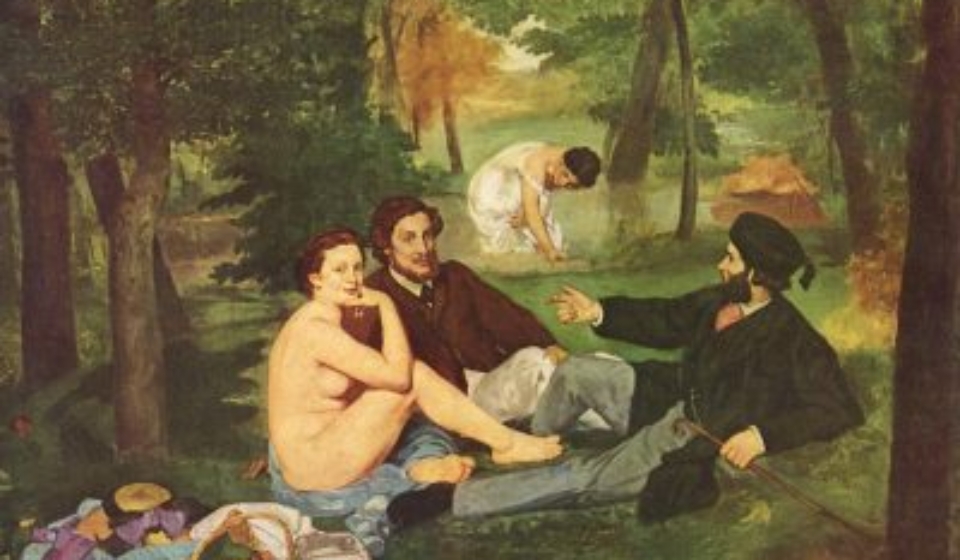
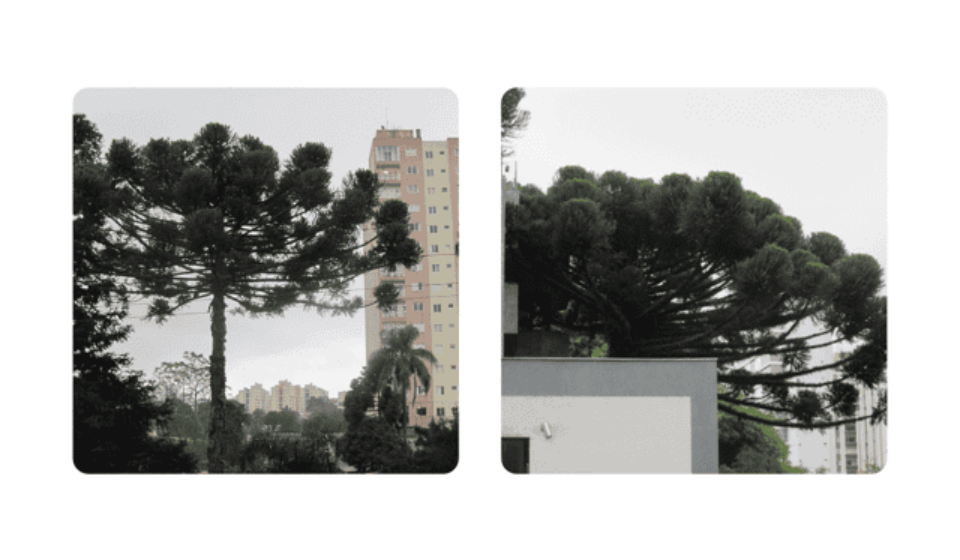
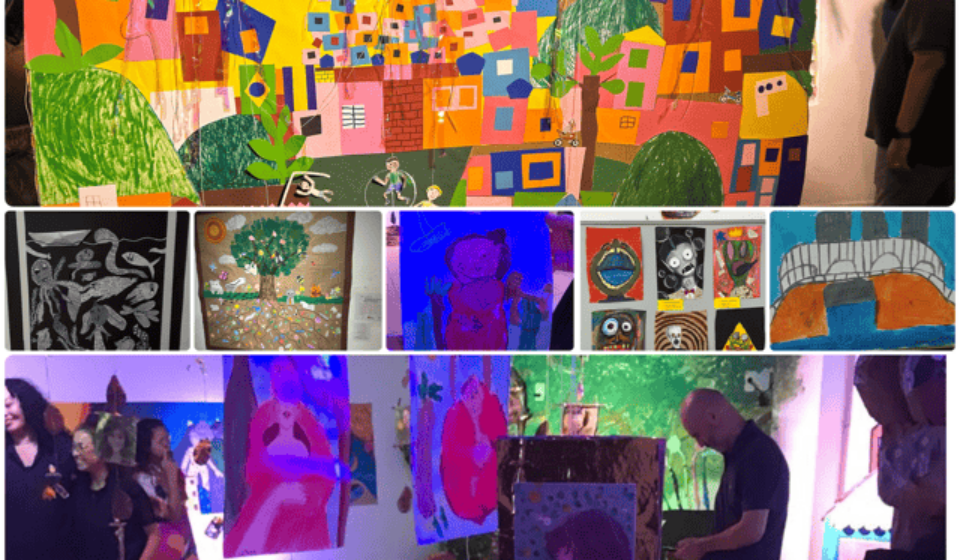
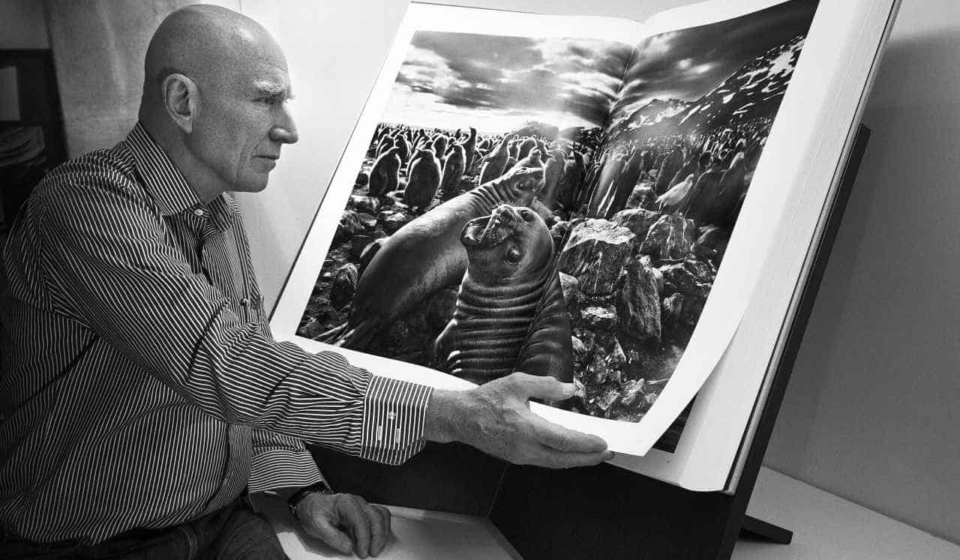
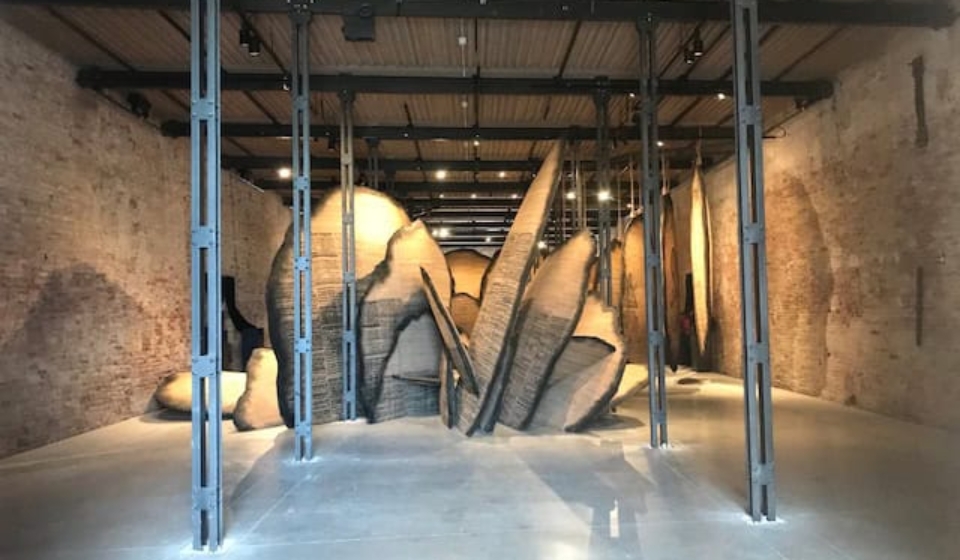

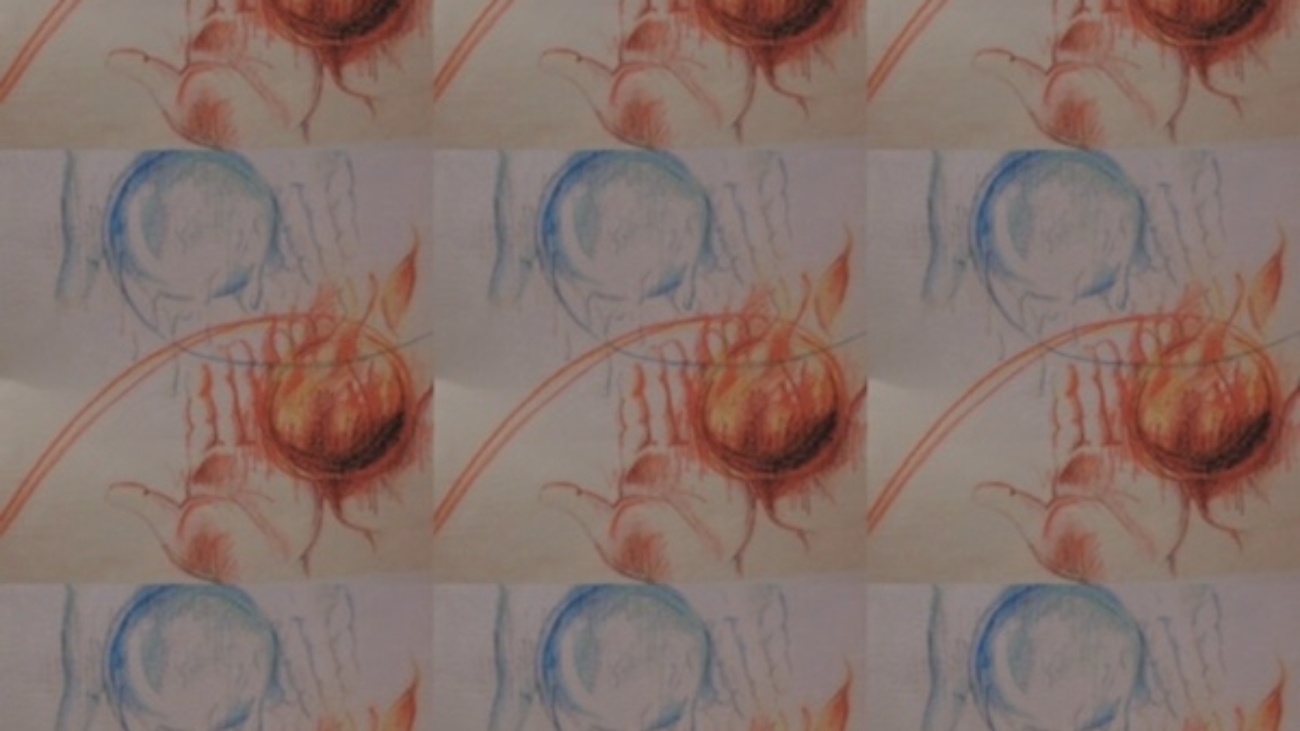
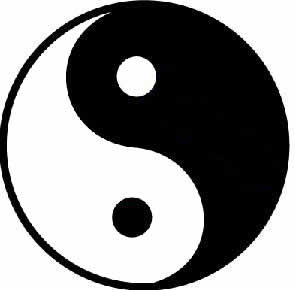
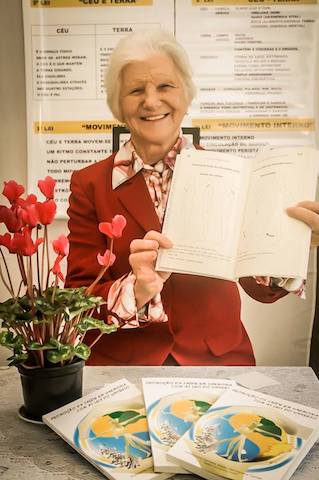
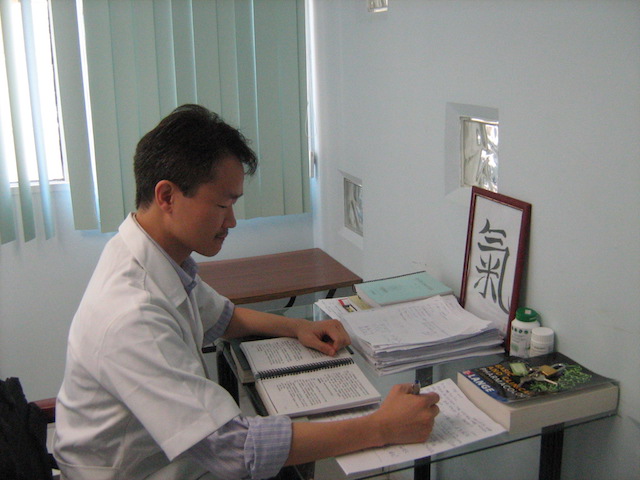
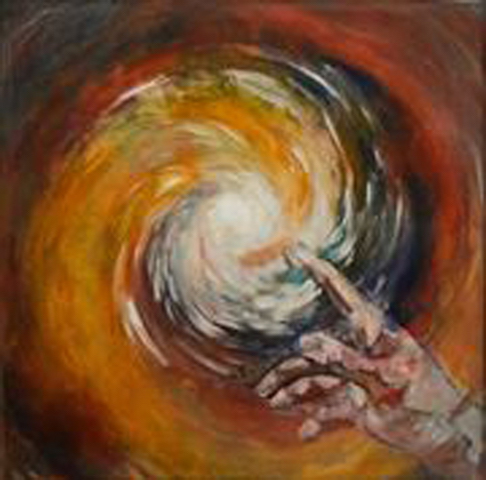
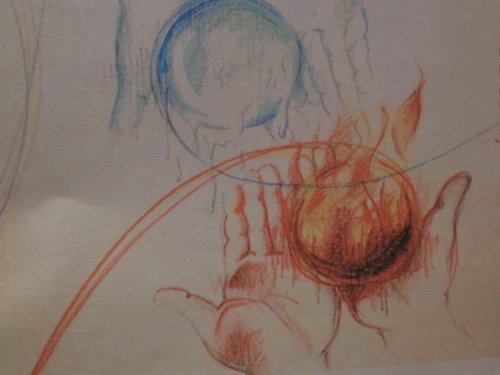

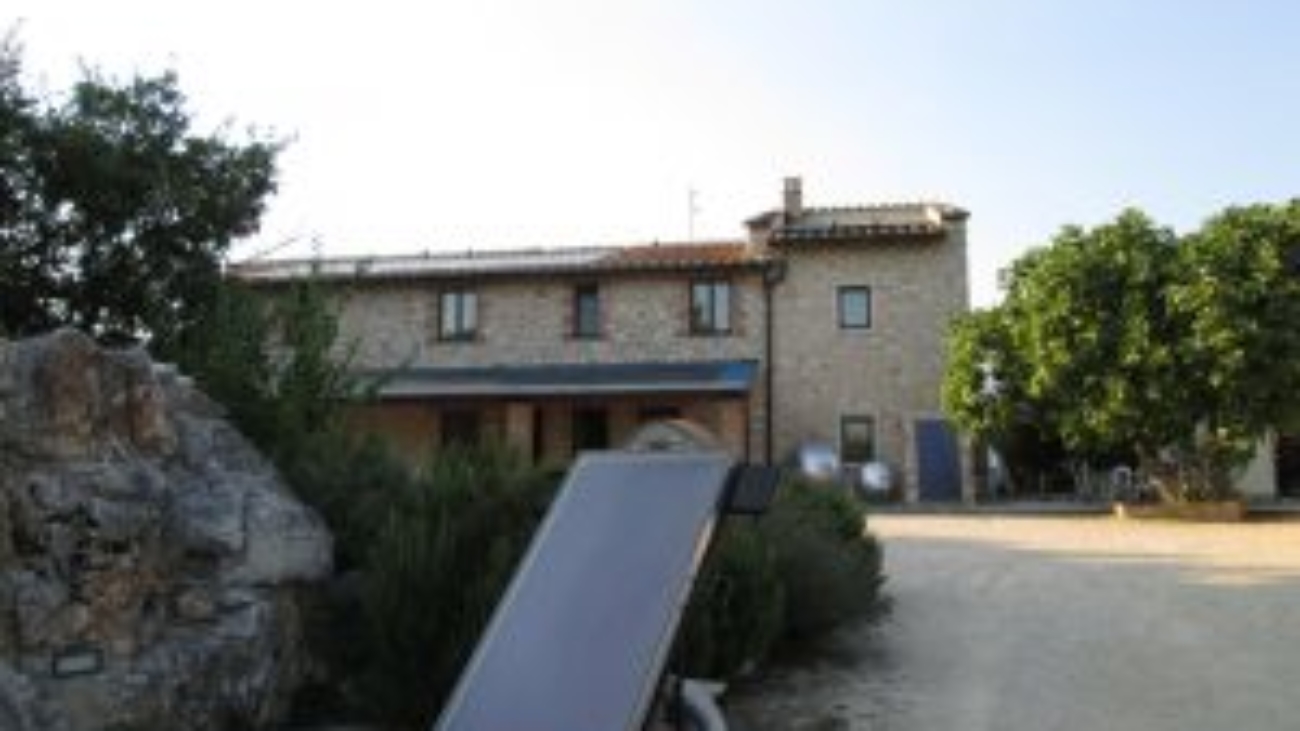
 Alessandro Ronca, Maria Chiara Pappè, Maurizio Ferrario, Andrea Gubbiotti e Roberta Moretti não pouparam esforços e nem se detiveram apenas em teorias sobre os benefícios da agricultura alternativa, do armazenamento da água de chuva, da energia eólica, do uso da eletricidade do sol pela processo fotovoltaico, isolamento térmico, entre outras técnicas.
Alessandro Ronca, Maria Chiara Pappè, Maurizio Ferrario, Andrea Gubbiotti e Roberta Moretti não pouparam esforços e nem se detiveram apenas em teorias sobre os benefícios da agricultura alternativa, do armazenamento da água de chuva, da energia eólica, do uso da eletricidade do sol pela processo fotovoltaico, isolamento térmico, entre outras técnicas. O grupo hoje oferece o local, com toda a infraestrutura, como um exemplo prático de alternativas sustentáveis para mostrar que é possível viver nestes moldes.
O grupo hoje oferece o local, com toda a infraestrutura, como um exemplo prático de alternativas sustentáveis para mostrar que é possível viver nestes moldes.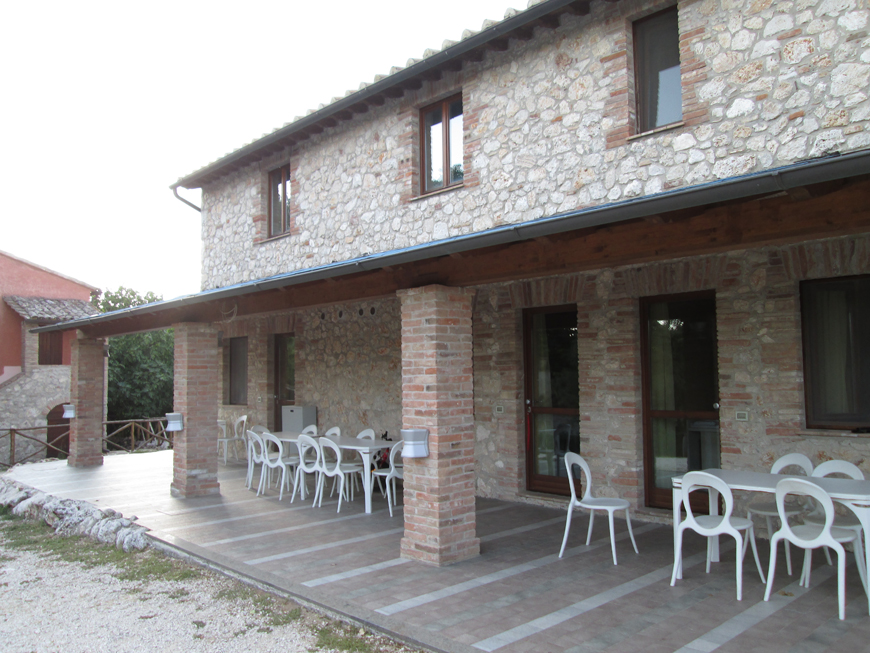 O parque tem opções para desenvolver ecoturismo, cursos e seminários e atividades escolares, além de simplesmente oferecer pernoite com impacto zero no ambiente. “Temos a intenção de despertar o desejo e prazer de mudar e para isso serve o exemplo.Quando ele começa, a mudança merece informações precisas e adequadas. Então, durante o seu curso, a mudança precisa de um apoio concreto e contínuo, de modo que cada um é capaz de colocá-lo em prática.Queremos ser feliz e fazer feliz: poupar recursos não é um sacrifício, é o novo hedonismo, é o novo humanismo”.
O parque tem opções para desenvolver ecoturismo, cursos e seminários e atividades escolares, além de simplesmente oferecer pernoite com impacto zero no ambiente. “Temos a intenção de despertar o desejo e prazer de mudar e para isso serve o exemplo.Quando ele começa, a mudança merece informações precisas e adequadas. Então, durante o seu curso, a mudança precisa de um apoio concreto e contínuo, de modo que cada um é capaz de colocá-lo em prática.Queremos ser feliz e fazer feliz: poupar recursos não é um sacrifício, é o novo hedonismo, é o novo humanismo”.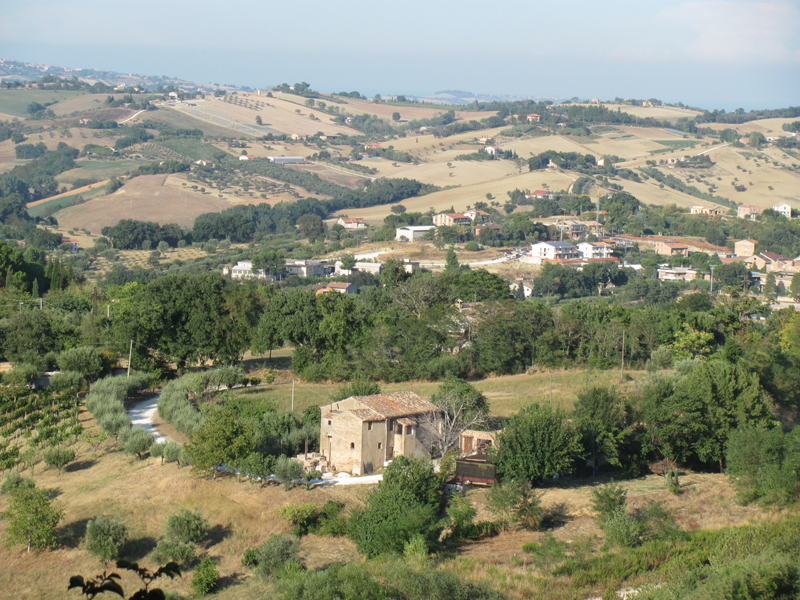 Grande parte da energia elétrica consumida na Itália é proveniente do exterior e o seu custo é alto. O governo tem interesse no desenvolvimento de projetos iguais ao PeR. Diversas empresas comerciais que vendem produtos e tecnologias na área estão apostando na iniciativa e dão apoio financeiro ao grupo. No que se refere ao programa educacional, o Ministério do Ambiente é parceiro na proposta didática.
Grande parte da energia elétrica consumida na Itália é proveniente do exterior e o seu custo é alto. O governo tem interesse no desenvolvimento de projetos iguais ao PeR. Diversas empresas comerciais que vendem produtos e tecnologias na área estão apostando na iniciativa e dão apoio financeiro ao grupo. No que se refere ao programa educacional, o Ministério do Ambiente é parceiro na proposta didática.